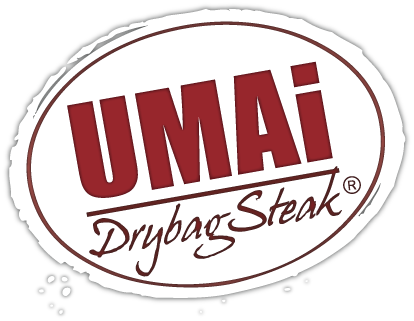Some basic practices that make a huge difference in texture and flavor of the finished dry sausage:
These basic practices start in the actual preparation of the meat in the very beginning and have a huge impact on the quality of the finished product almost two months later. We would like to go over these basic practices and their impact:
1. Start with cold meat and keep it cold throughout the process: This is probably the most important of all factors and affects the texture and drying of the product. In principal the temperature of the meat being ground, mixed with the cure and the stuffed into the casing determines the way the meat binds together and forms the finished sausage. The proteins in the meat need to be extracted to bind the sausage together and give it the grain and texture of dry sausage.
Grinding temperature: If the meat is too warm during grinding, the grinder will not make sharp cuts, but rather “mash” the meat giving a bologna texture, rather than firm kernels of dry salami. The meat should be preferably close to frozen during grinding to yield well defined particles.
Mixing temperature: If the meat is too warm during mixing of the cure and starter culture, the particles can get “mashed”, fat can melt and coat the lean particles not allowing them to bind together properly. Causing a crumbly dry texture of the finished sausage. The meat should be close to frozen during mixing of the cure and starter culture.
Stuffing temperature: During stuffing it is important to keep the meat chilled in order not to melt the fat or mash the particles for the two reasons stated above. The particles of meat entering the casing during stuffing are going to be positioned in there for drying and will determine the texture and drying pattern. The meat should be close to frozen during stuffing. It is advisable to chill the body of the stuffer or some of its components to keep the meat as cold as possible.
2. Grinding plate size: The size of the grinding plate determines the texture and drying pattern of the finished sausage. The larger grind results in more even and faster drying. If we bite into a bologna or a hot dog, we can not see the particles nor do we get any distinct texture of the meat that was used to make the product. Bologna starts out as a creamy paste or sometimes a liquid that is then cooked to a solid. A dry cured sausage like a dry salami is not cooked, so the particles of meat retain their character and texture.
During drying the moisture from inside the sausage has an easier time migrating through a larger particle maze than a tighter small particle maze thereby drying more evenly.
3. Fermentation humidity level: The stuffed sausage should be placed in a space that is relatively humid or at least does not have any direct airflow blowing on the fermenting chubs. This will ensure a more even drying pattern.
After the soon to become dry sausage is stuffed, it needs to ferment, so it can develop that distinct and prized salami flavor. During fermentation, the mixed in starter culture will multiply and ferment the meat lowering its PH level and giving it a tangy flavor. Starter culture needs moisture to work. If the outside of the sausage begins to dry too quickly during fermentation, the starter culture will not be able to ferment the meat that is on the outside of the chub and the result will be an uneven drying pattern and a hard rind on the outside.
Fermentation finished, some drying occurred but acceptable.




